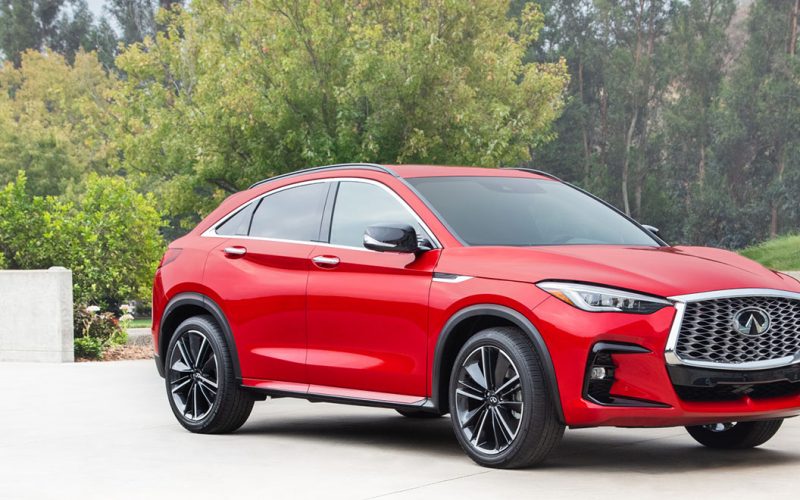
Reading Time: 7 minutesInfiniti could arguably be credited with creating the sporty crossover coupe sector way back in 2002
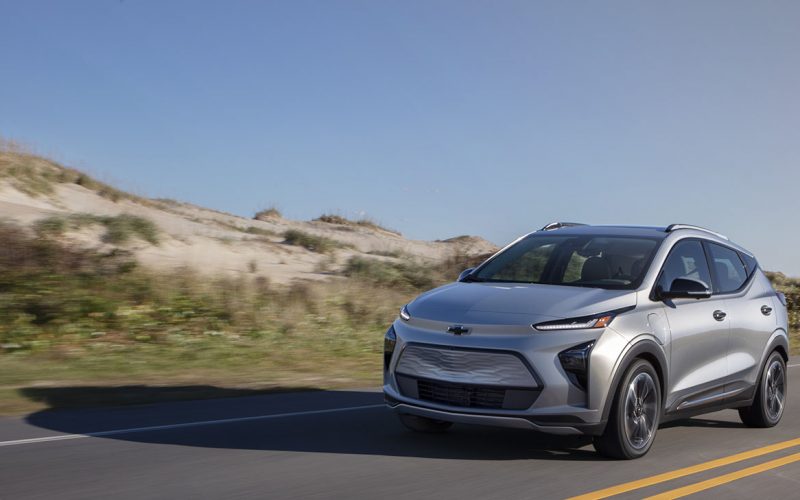
Reading Time: 8 minutesThe Bolt EV, which currently combines subcompact-sized hatchback practicality with a zero-emissions plug-in battery-powered electric drivetrain
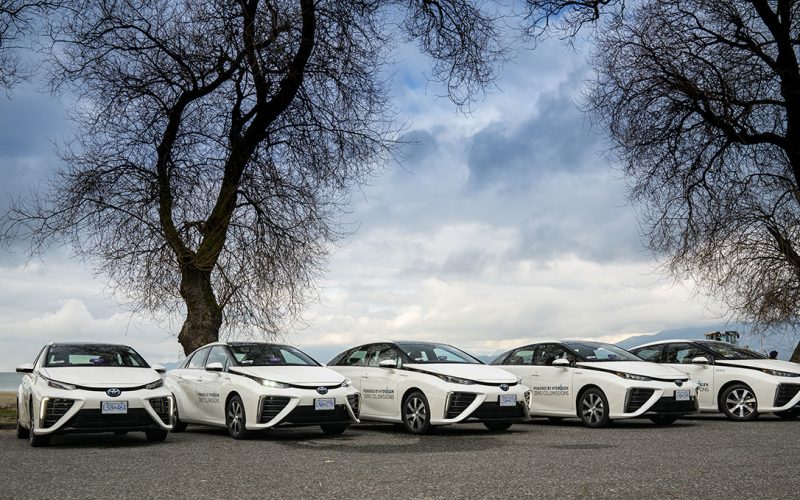
Reading Time: 6 minutesTogether with Toyota Credit Canada, Toyota Canada just announced a deal to supply 24 zero-emission Mirai
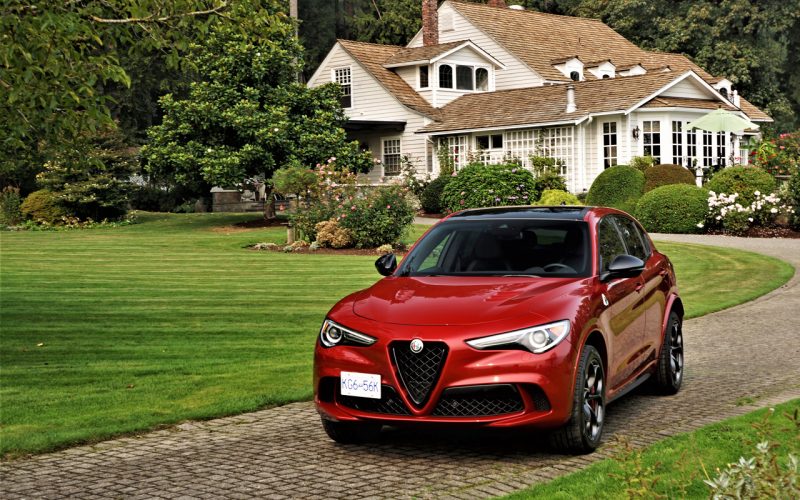
Reading Time: 9 minutesWhat matters most to you in a performance car? Zero to 100 km/h? Top speed? Handling?
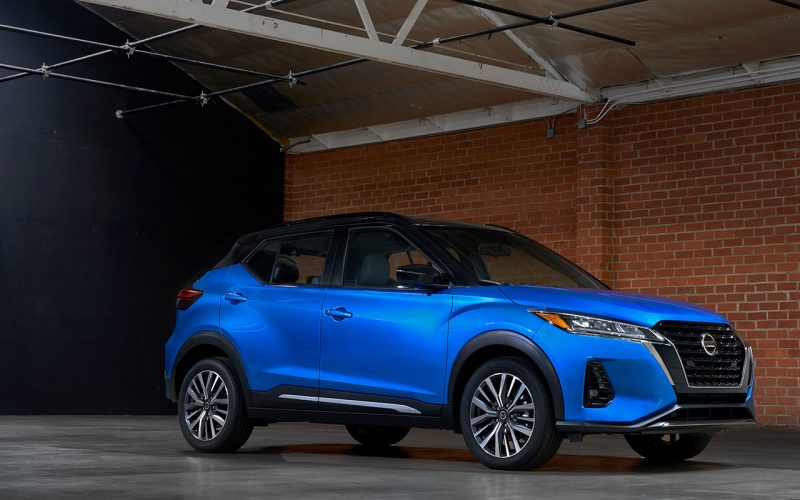
Reading Time: 5 minutesRemember the Micra? How about the Versa Note? Both were subcompact hatchbacks from Nissan, and both
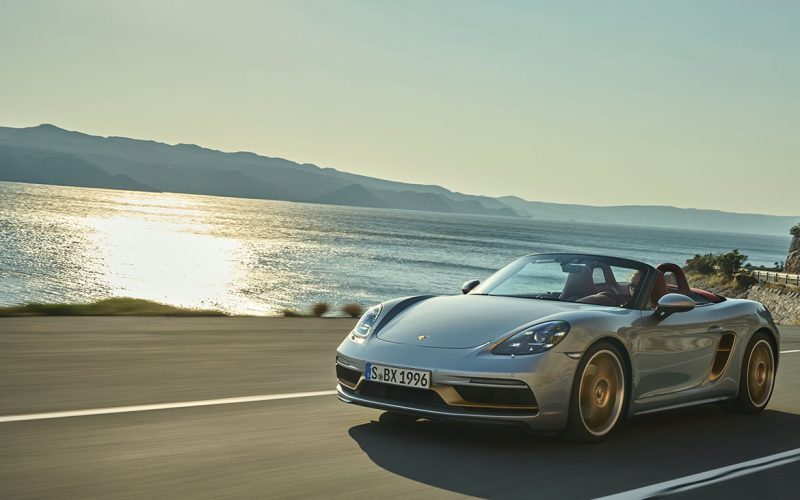
Reading Time: 5 minutesFew sports car concepts excited the motoring masses like the original Porsche Boxster prototype did when
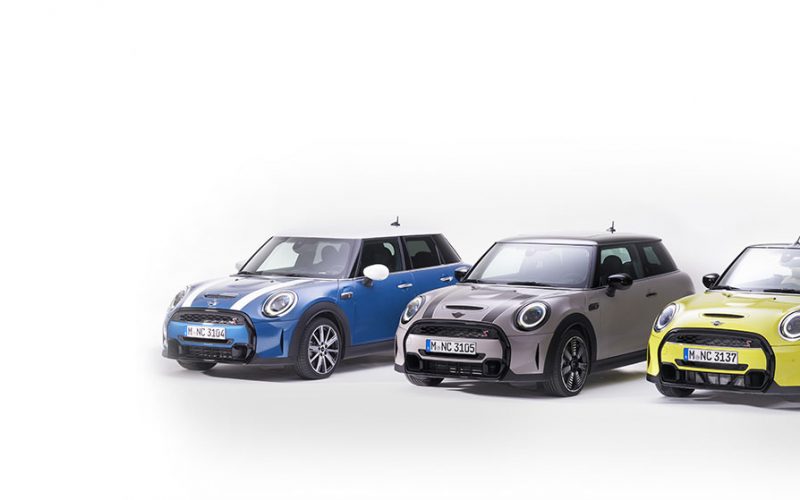
Reading Time: 7 minutesAfter almost eight years in its present form, Mini has simultaneously taken the wraps off a
© 2025 The Car Magazine. All Rights Reserved, Privacy Policy | Terms of Use